by Ken Gargett
An email arrived: would I be interested in looking at an original prestige champagne from the popular house of Piper-Heidsieck? It is common knowledge that Piper-Heidsieck is in the process of moving its revered Rare, a superb prestige offering, to work as a separate entity, much like Möet et Chandon has done with Dom Pérignon.
The new champagne was to be introduced by Piper-Heidsieck’s new, youthful chef de cave Émilien Boutillat via Zoom (the days of visits by the Champenois not having returned for us as yet). Those involved would each receive a bottle to taste “with” Boutillat.
And, by the way, the email continued, the first of this new line would be from the 1971 vintage that had spent an astonishing 48 years on lees. Its full name is the Piper-Heidsieck Hors-Série 1971.
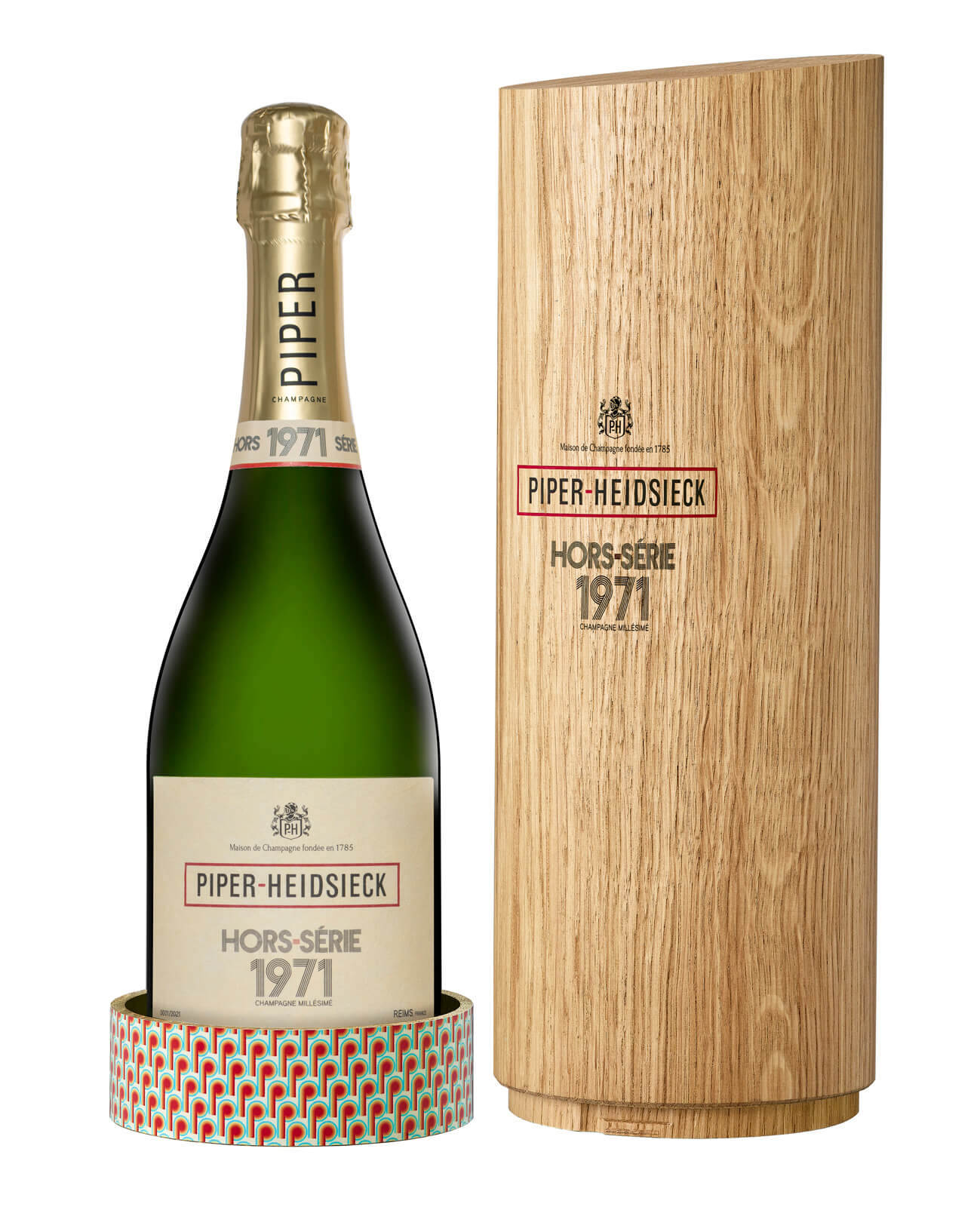
Piper-Heidsieck Hors-Série 1971
Would I what?!? This is the sort of invitation for which one would crawl over broken glass.
Piper-Heidsieck
Piper-Heidsieck is an interesting house, one of the trio of Heidsiecks – that in itself is a long and involved story for another time. Like so many of the major houses, ownership has bounced around over the years, but for now it is effectively reunited with, though separate from, Charles Heidsieck.
Charles Heidsieck has firmly established itself as one of the very finest of all champagne producers. Piper-Heidsieck, while it had a very distinguished history, slipped from the top rungs some years ago and is trying to recover that lost ground. It is generally considered that up until the early to mid-1970s, Piper-Heidsieck was a stellar champagne house but that it faded somewhat around then, moving to what we might call a “discount” producer for want of a less pejorative term.
The fact that Piper-Heidsieck could produce champagnes of the caliber of Rare left no one in any doubt that it could still compete at the highest levels if it wanted to. It was just that many observers were not sure they wanted to.

Piper-Heidsieck vineyards in Champagne, France
I always found Piper-Heidsieck curious in that it was one of the few houses that persisted with a policy of no malolactic fermentation. Malo, or MLF as it is often called, is a process in which the sharp malic acidity is transformed into the softer lactic acid. Think of the difference between biting into a crisp green apple as opposed to enjoying a more creamy offering. Other champagne houses including Lanson also follow this style, while others leave it up to the wine as to whether it goes through it or not.
Piper-Heidsieck would usually sell its champagnes quite young – nothing wrong with that, but it is not something that is assisted by no malolactic fermentation, as non-malo wines really need lots of time on lees and in the cellar. Too often, its champagnes, the NVs (non vintage) in particular, were lean and green. Piper-Heidsieck changed this policy some years ago, which made more sense.
Still, a reputation is hard to establish, easy to lose, and then devilishly difficult to build again. But if you were to leave a wine on lees for an extended period, then no malo might be ideal.
Émilien Boutillat has only been with Piper-Heidsieck for a few years, being appointed chef de cave at the extremely young age of 32. Piper-Heidsieck, however, is not afraid of youth. Its legendary cellar master (chef de cave) Daniel Thibault was 29 when appointed to both Charles Heidsieck and Piper-Heidsieck in 1989.
Tragically, Thibault passed away in 2002 at just 55. He was the man responsible for many great champagnes including the magnificent Charles Heidsieck Blanc des Millenaires 1995, which I have mentioned before and which is still drinking superbly (apparently Thibault realized just how special the material he had that year was and he made three or four times more than the bean counters had allocated, though I’ll bet said bean counters were not unhappy as they sold the wine over the next several decades).
Another highly regarded talent, Régis Camus, stepped into the breach at Piper-Heidsieck after Thibault. He had been with the company since 1994 and is the man to whom the credit for the magnificent Rare must go – and he is still in charge of it. A rather nice touch was Camus winning the International Wine Challenge’s Daniel Thibault Trophy for Champion Sparkling Wine with his 1998 Rare.
After Camus concentrated his efforts on Rare in 2018, the position of chef de cave went to Séverine Frerson, although she lasted about three minutes before jumping ship to Perrier-Jouët. Enter Émilien Boutillat.
Émilien Boutillat
Boutillat was born in the Champagne region, walking the vineyards with his father, working in the wineries, and generally being a part of, as he puts it, “The champagne world.” But he wanted to experience more and headed to the south of France, where he undertook diplomas in both winemaking and agronomy.

Piper-Heidsieck chef de cave Émilien Boutillat
Boutillat worked at Chateauneuf-du-Pape with Domaine de la Solitude, in Bordeaux with Margaux for the 2009 vintage, and then moved back and forth between hemispheres so he could do two vintages a year in New Zealand, Chile, California, and South Africa.
Eventually, the call of champagne was too great and he joined the Cattier family, working with them and the Armand de Brignac champagnes. He joined Piper-Heidsieck on October 1, 2018 and is clearly on a mission to ensure that it returns to its glory days. However, he shares one infuriating trait with so many of the Champenois: he will dribble out tiny teases of information about the future, leaving us all guessing but none the wiser.
Boutillat knows what huge shoes he has to fill as Camus did when he won the coveted International Wine Challenge Sparkling Winemaker of the Year an incredible eight times between 2004 and 2013. He is off to a great start, winning that same award in 2021.
One of the first tasks confronting Boutillat was to completely familiarize himself with Piper-Heidsieck, every aspect of it, including what was in the cellar. In doing a thorough tasting, one particular sample blew him away with its freshness and complexity. It was from a collection of bottles from 1971 that had been quietly sitting in their extensive cellars, maturing away and still on lees.
One suspects that none of his predecessors knew quite what to do with these couple thousand bottles. Boutillat had no such hesitation. And so was born the Hors-Série line of prestige champagnes from Piper-Heidsieck. The 1971 was to be the “first opus of the new collection.” The move is away from the sort of Hollywood-in-Champagne persona Piper-Heidsieck seemed determined to create at one time. Now we have a much-respected house looking to rejoin the ranks of Champagne’s best.
Piper-Heidsieck Hors-Série 1971
The Hors-Série 1971 has now been released. There are just 2,021 bottles – appropriate for a 2021 release (there are a few more for use in media tastings and so forth and no doubt some to remain in the cellars, but the vast majority are available to the public).
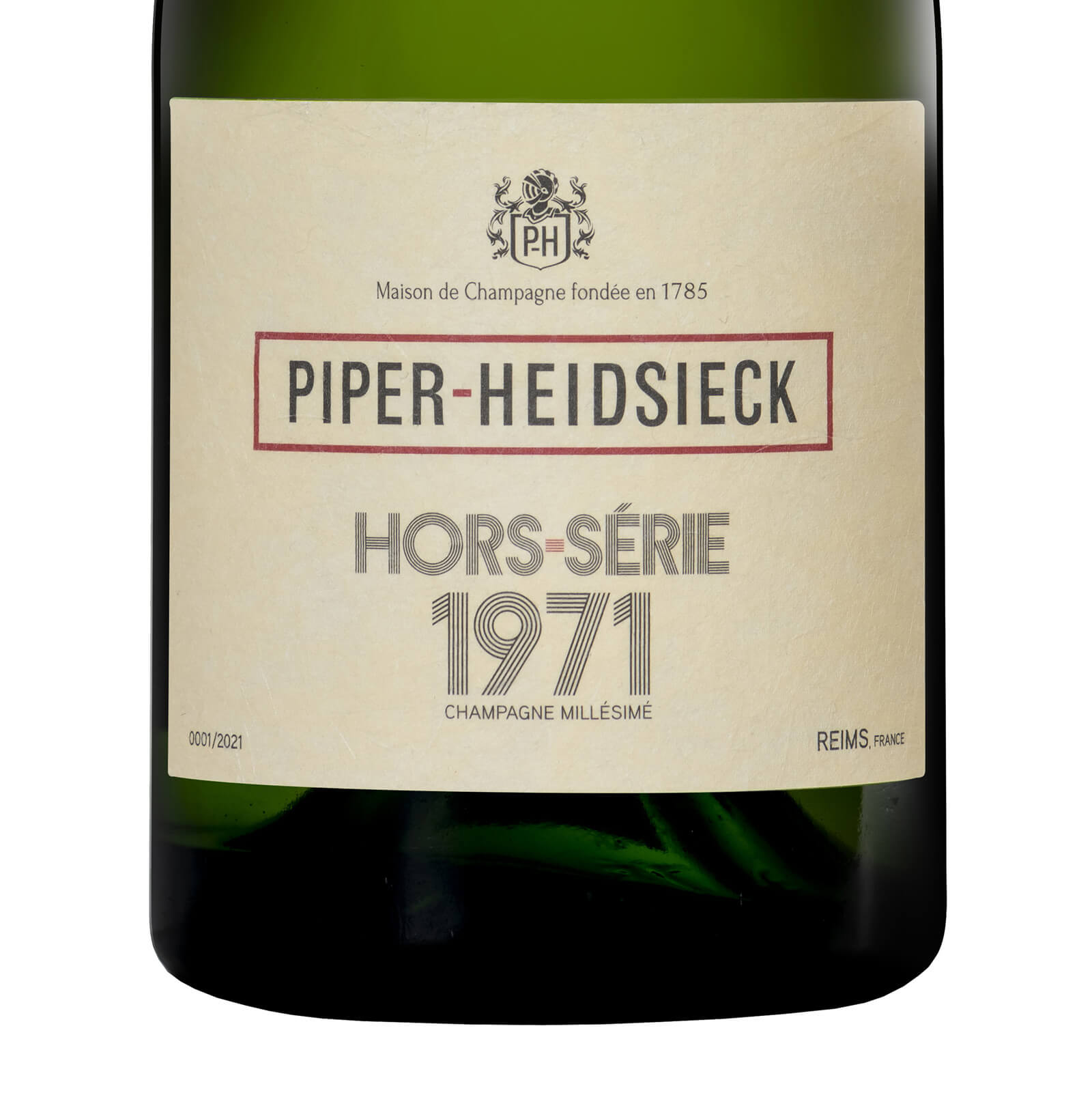
Piper-Heidsieck Hors-Série 1971
While expensive, the price is incredibly reasonable when one compares such a wine to what a bottle of Grand Cru Burgundy or First Growth Bordeaux would cost after 50 years in the makers’ cellars: AUD$750, £400, $543 (approximate pricing as obviously individual retailers will vary). They are to be distributed to 15 different countries but get in quick as it is extremely limited. Australia’s entire allocation, as an example, is just 90 bottles.
The bottles were disgorged in the spring (northern hemisphere). The last thing Boutillat or Piper-Heidsieck wanted was for a bottle that was corked or had failed the test of time to be sold to a member of the public, so he assiduously tasted every single bottle as it was disgorged before dosage was added. That is dedication.
This also convinced Boutillat that every bottle was fractionally different, to be expected after such a long time. He noticed several general threads that they followed, but every one was unique.
So, how did a couple of thousand stunning bottles happen to be in their cellars? The wine has been released before, though it would have been very different in those days as Piper-Heidsieck’s then-prestige Cuvée Florens Louis from the 1971 vintage. The cuvee paid tribute to the founder of the house, Florens Louis Heidsieck.
The chef de cave of the day was Claude Demière, who is still with us at 92. Unfortunately, the record book for 1971 has been long lost so Demière was forced to try and remember the details. He believes it is very close to a 50/50 blend of Chardonnay and Pinot Noir. Interestingly, Richard Juhlin in his superb A Scent of Champagne notes the Cuvée Florens Louis 1971 as 20 percent Pinot Noir and 80 percent Chardonnay, but no one seems to know where this comes from and it is believed to be based on incorrect information.
One reason that Piper-Heidsieck is fairly certain that it is a 50/50 assemblage is that the Cuvée Florens Louis was created to pay homage to the wine that the house’s founder had presented to Queen Marie Antoinette in 1785, and it was a 50/50 blend.
The 1971 is from 12 villages, “Mostly from the Montagne de Reims around Verzy and some Côte des Blancs,” but no one is exactly sure which 12. Nineteen seventy-one is known as a very good, though perhaps not truly great, vintage in Champagne.
The dosage is fascinating at 10 grams/liter, which might seem high for a prestige cuvee these days, but we’ll get to that. Boutillat used a 2019 Chardonnay from the Sézannais as the base for the liqueur de dosage. He wanted to add to the freshness but also found that wine he used for the dosage had the concentration for which the 1971 vintage was known.
Back when originally made, the 1971 spent time in stainless steel – not oak – and as mentioned, saw no malolactic fermentation. The bottles all spent 48 years on lees. The legal minimum in champagne for a vintage champagne is three years, though most of the better producers will leave their vintages on lees for four to six and their prestige cuvees for up to ten years, sometimes longer. I have never heard of a commercial release spending anything like 48 years on lees.
The original wine was slightly over nine grams/liter of tartaric acid, which is high, and so the addition of 10 grams/liter of dosage suddenly makes more sense, leading to a more balanced wine. When the original Cuvée Florens Louis from 1971 was released in the late 1970s, it had 12 grams/liter of dosage, but I must stress that this is a completely different wine.
One point to note: keep the bottle in the specially crafted oak case until you wish to drink it to avoid any danger from the light damaging the wine – it happens!
As mentioned, this is the first in the series that will become Hors-Série. We can expect a new release every one or, more likely, two years, but don’t expect the next one to be something like, say, the 1973 after four or five decades on lees. It could be anything.
The intention is not that this becomes an oenothèque collection such as the Dom Pérignon P2 and P3 or the most widely known of the lot, Bollinger’s R.D. Boutillat may decide to feature a specific vineyard, variety, style, or pretty much whatever takes his fancy. He may even look to something they see as a future style. So many options.
I suggested to Boutillat that he must have at least the next five or six already planned – it is simply not possible to get wines such as these made and on the market in under a decade. The response was simply an impish grin. No doubt Boutillat has several lined up, but he was not saying. The one thing you can be sure of is that they will be limited in production.
Piper-Heidsieck Hors-Série 1971 tasting notes
So, was it worth the wait? Absolutely.
A brilliant champagne, remembering that every bottle is fractionally different and that there are several threads of flavors that have emerged. One of these threads for me is most represented by a character I often see in old examples of Bollinger’s R.D., a lovely, truffly, mushroom note.
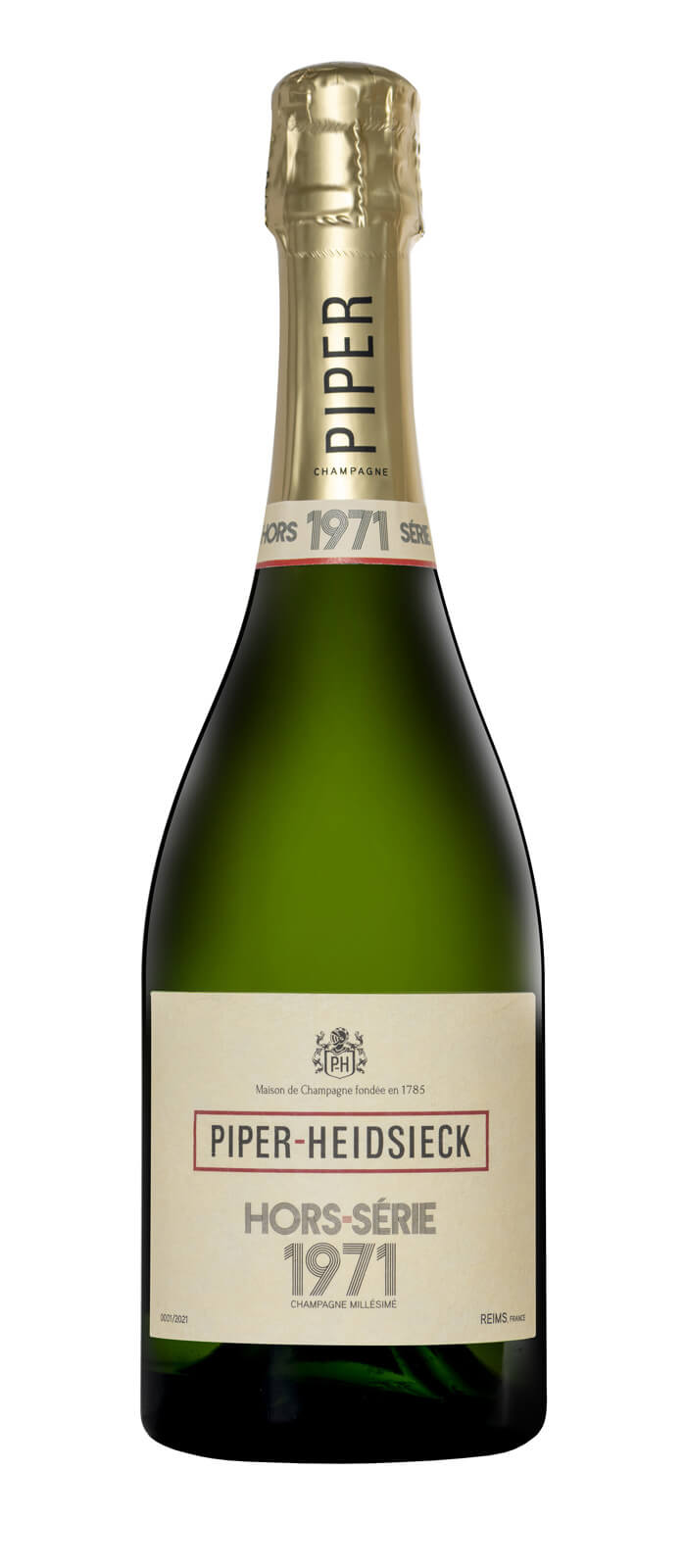
Piper-Heidsieck Hors-Série 1971
My bottle of the 1971 had nary a hint of this at all, yet others have seen this character. Boutillat also spoke of some bottles showing dry vegetal and dried flower notes. Again, not the slightest evidence of that in mine. Others have a citrusy focus.
You won’t quite know until you open it, but fear not: I have no doubt you’ll love what you discover.
Mine? A wonderfully enticing golden color. The nose was immediately gloriously complex with coffee bean notes. The wine is both fresh as the proverbial daisy and showing serious development. Great intensity with notes of spices, nougat, stone fruit, dried figs, and fresh ginger. Excellent focus and great length.
It did not take long but all of these different characters soon gave way to what proved the most dominant of all: a magnificent aroma/flavor most reminiscent of a freshly baked apple pie or a dish of rich, cinnamonny, stewed apples. Gorgeous. This character never left, and even when I finished the bottle the next day it was still to the fore!
This baked apple character is another of the threads that Boutillat has seen in the wines; he talks of “balance and harmony” and he is spot on. A hint of toast flickers through as well. It is exhibiting more freshness and balance to continue to age under cork for probably another 10, or even 20 years if you want, but there is simply no conceivable reason not to drink it today. 99/100.
Finally, the team at Piper-Heidsieck have put together a cracking playlist if you are in need of something to listen to while you enjoy your ’71. It comprises some of the best songs released in 1971, including John Lennon, Nina Simone (I know it is sacrilegious but I have always preferred her version of “My Way” to Frank Sinatra’s), Leonard Cohen, Aretha Franklin, Janis Joplin, Rodriguez, Pink Floyd, Curtis Mayfield, David Bowie, Tom Jones, George Harrison, and more. Everyone will have favorites that missed out (no “Mr Bojangles,” seriously?), but perhaps “Here Comes the Sun” (the Richie Havens version from 1971, not the earlier one by the Beatles) could have reflected vintage conditions and surely the number one song of the year, Three Dog Night’s “Joy to the World,” would have been the perfect accompaniment to such a stunning champagne.
For more information, please visit www.piper-heidsieck.com/en/hors-serie-1971.
You may also enjoy:
Charles Heidsieck Champagne Charlie: A Man, A Bottle, A Legend
Charles Heidsieck Blanc Des Millenaires 2004: Long Live The King Of Chardonnay Cuvées






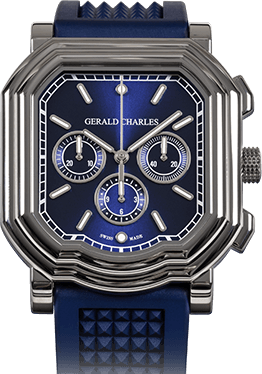
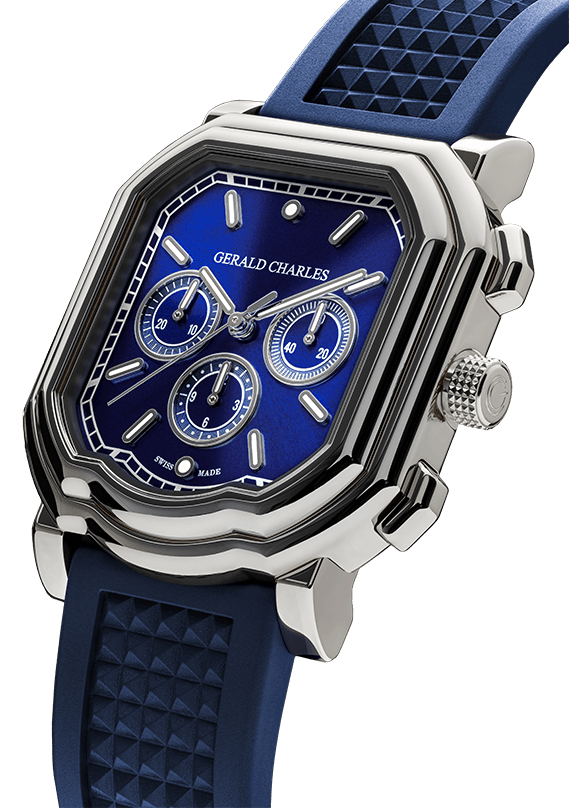

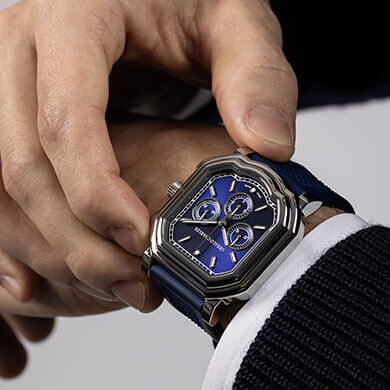






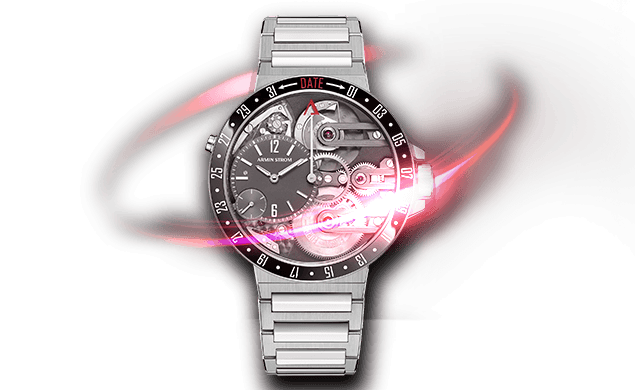
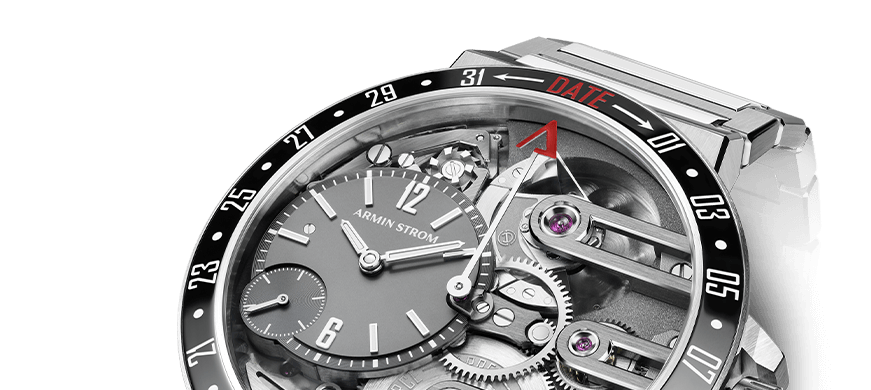
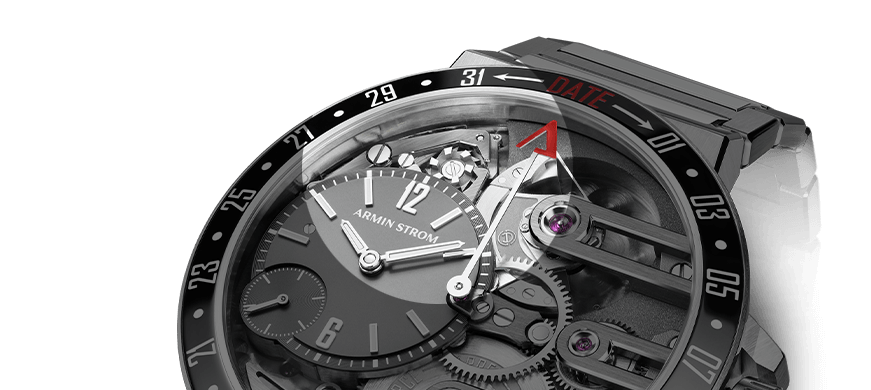


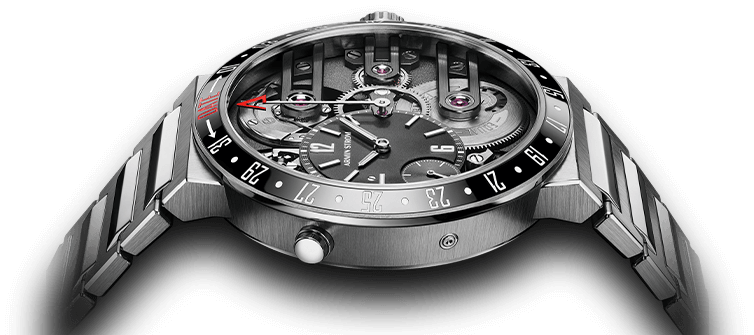
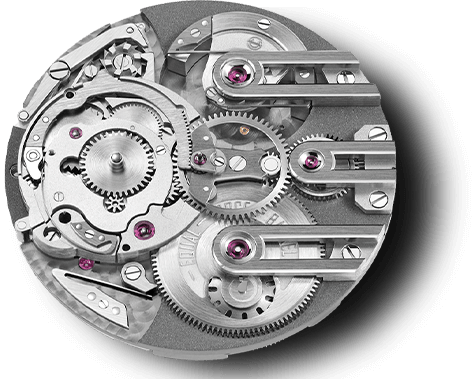


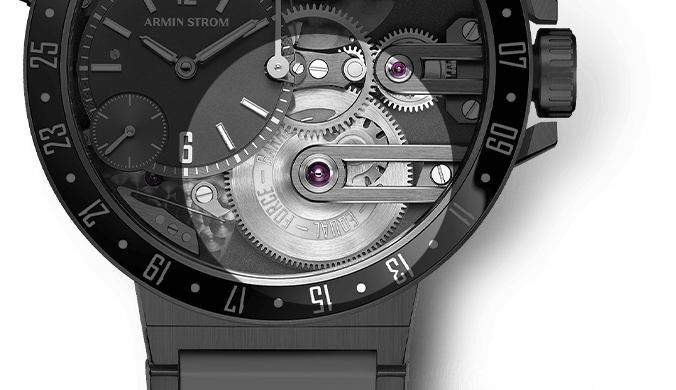


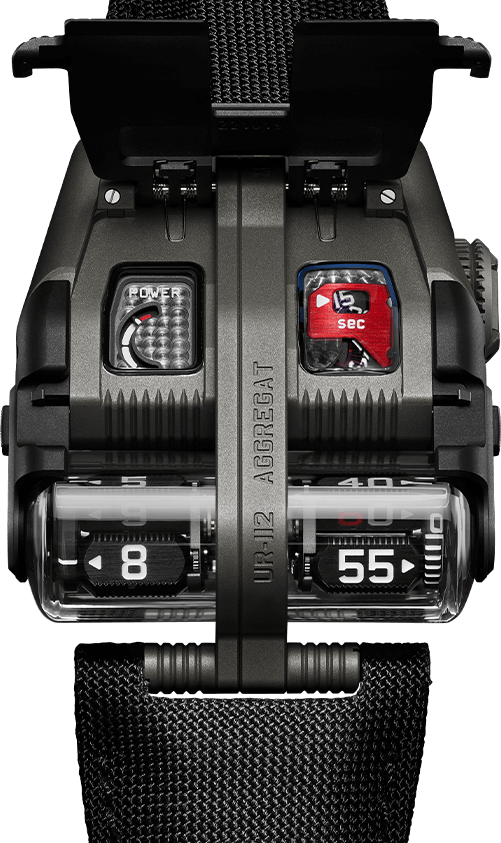

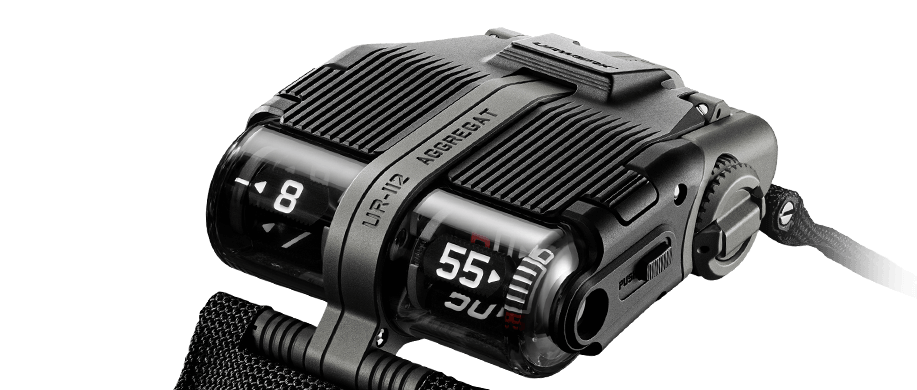
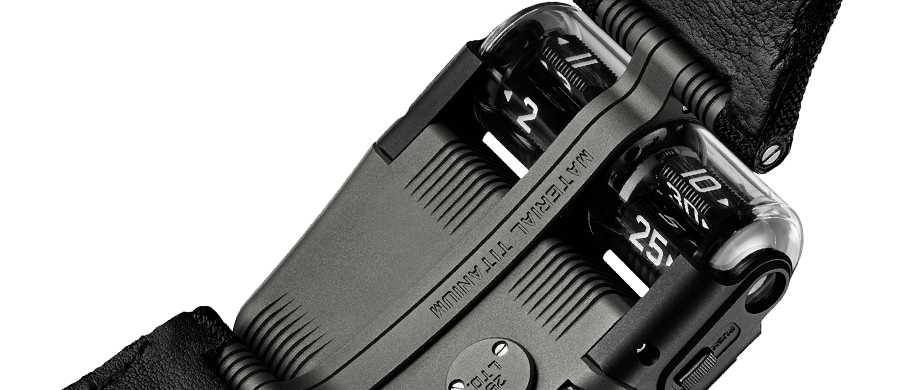
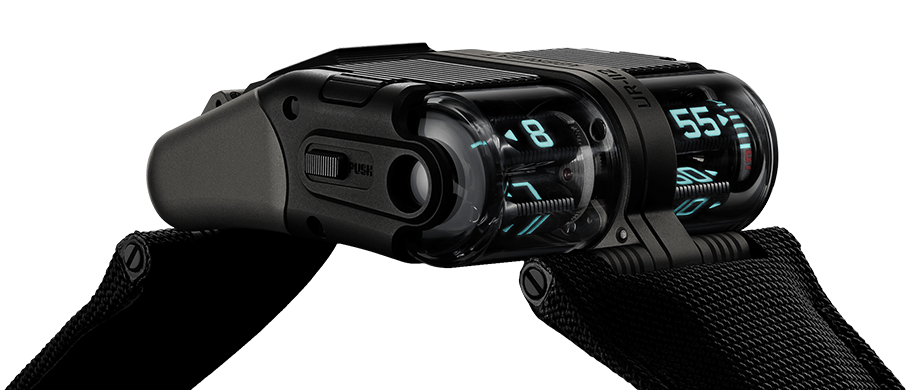


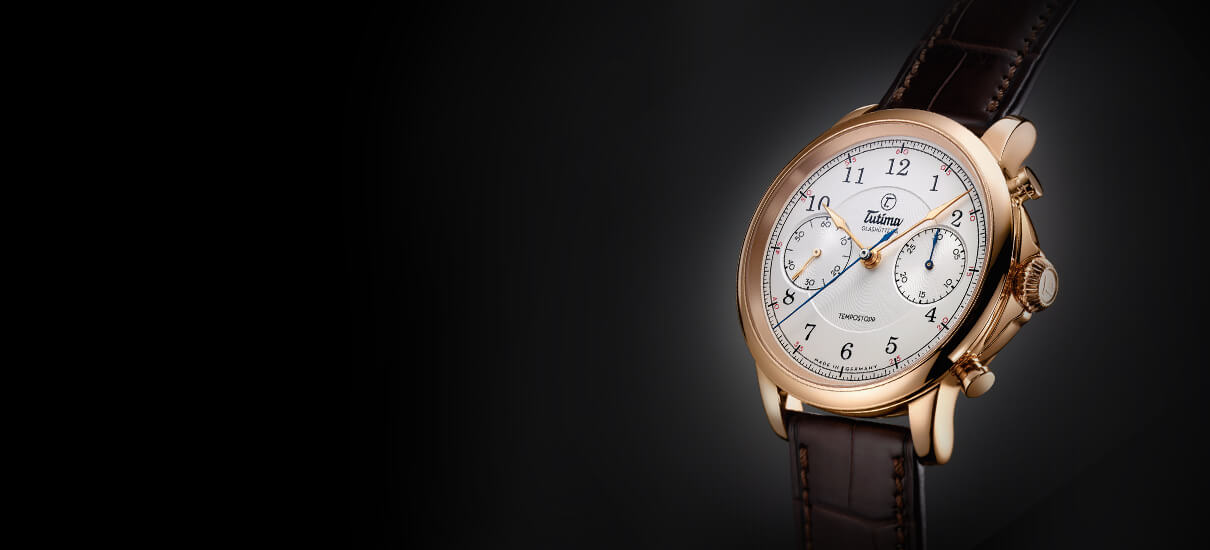

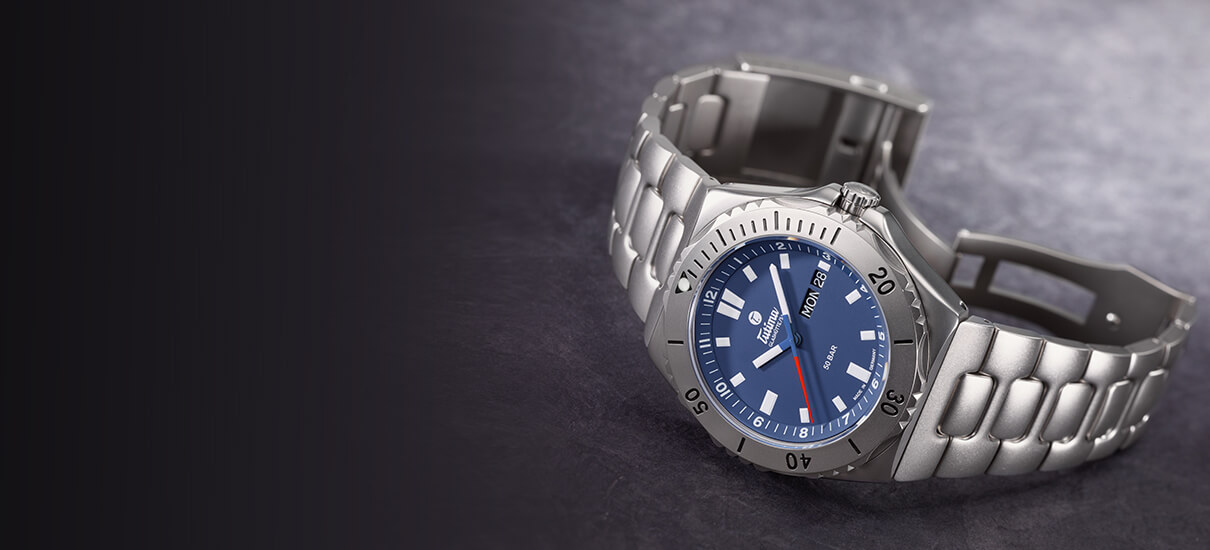

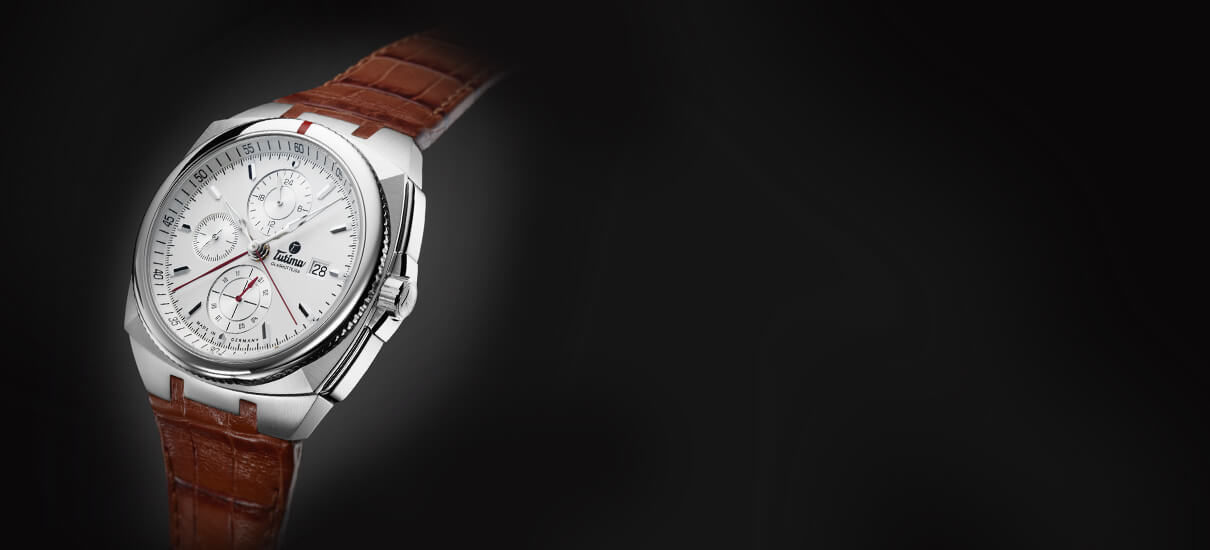

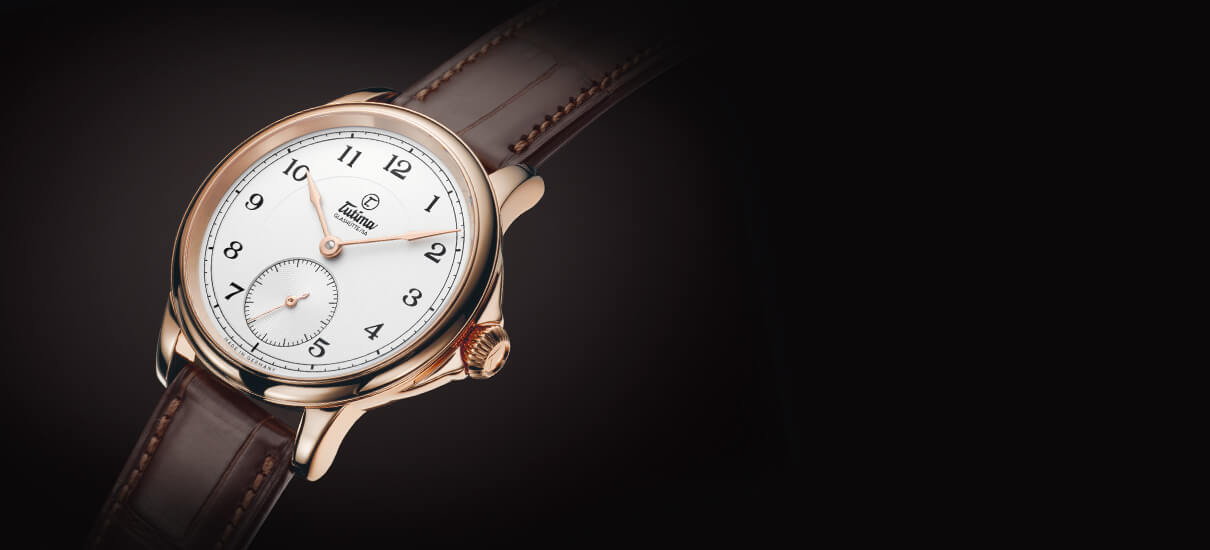

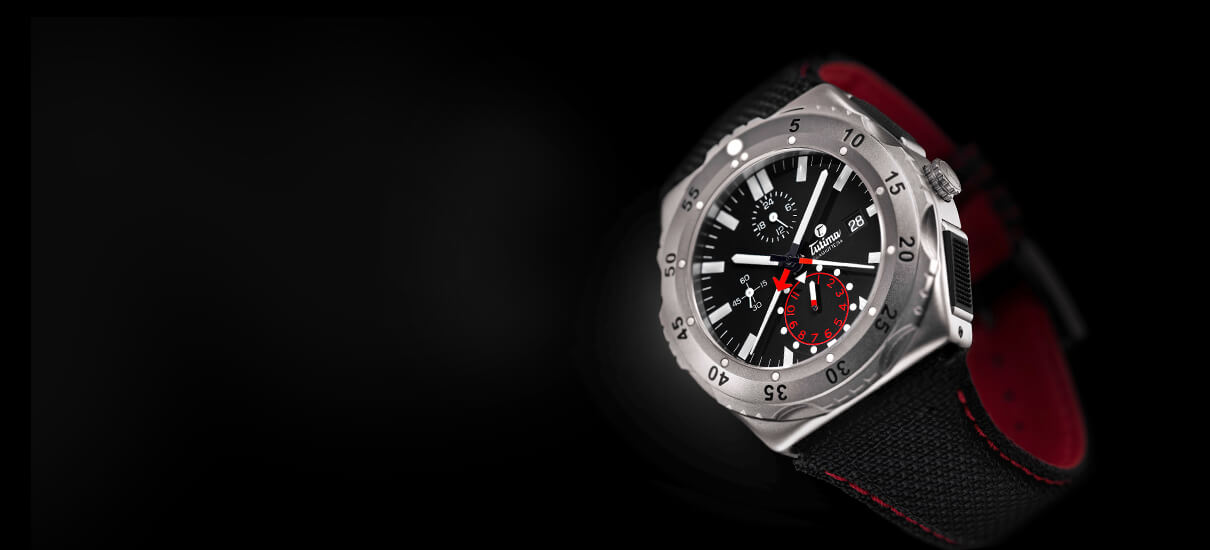

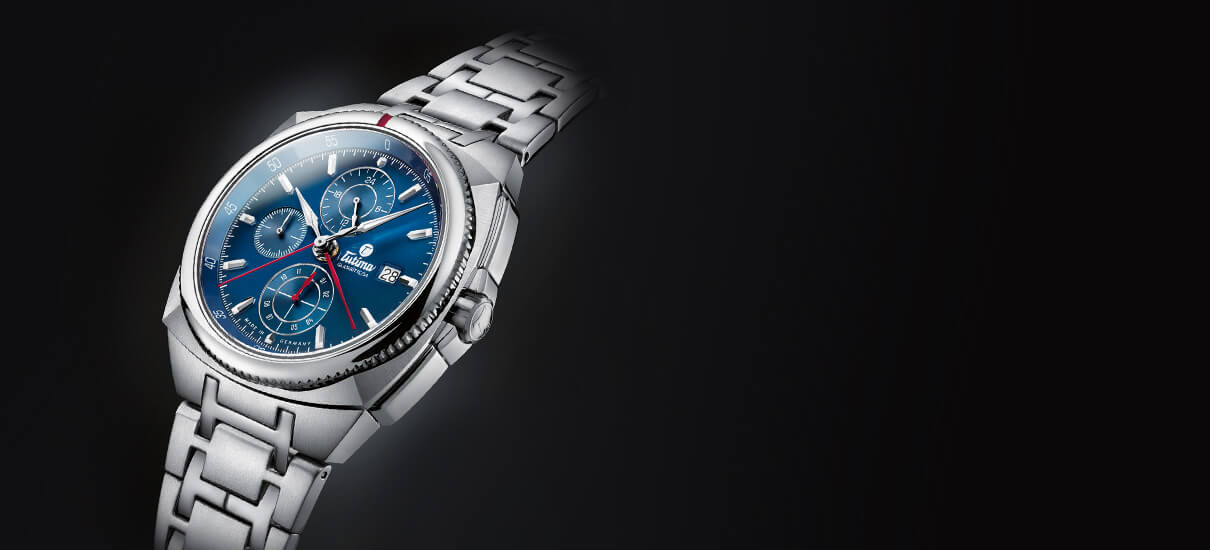

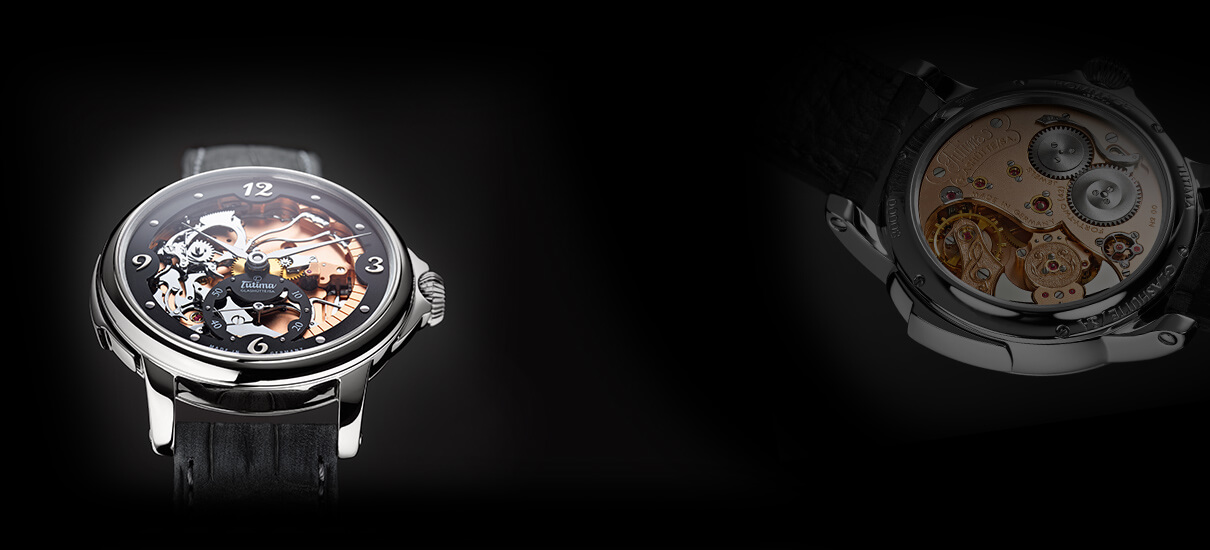



Leave a Reply
Want to join the discussion?Feel free to contribute!